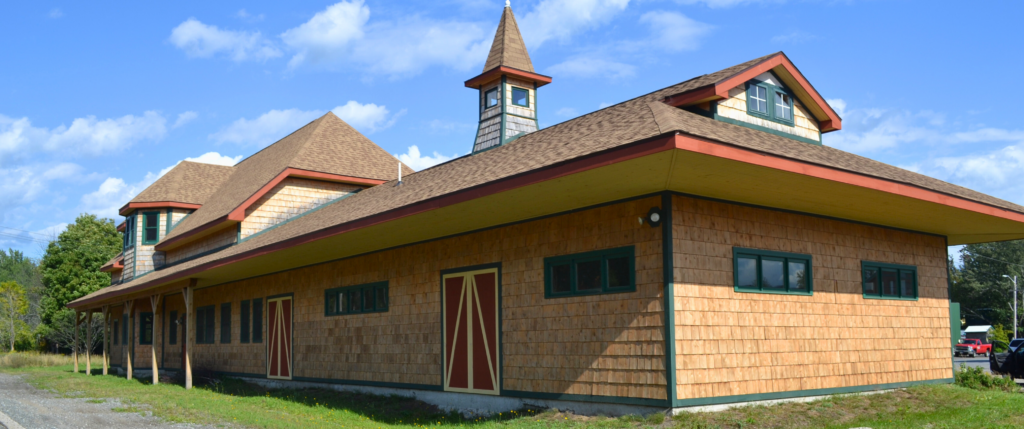
A six-legged scavenger hunt in downtown Saranac Lake.
The Bug Crawl is part art installation, part education, and part activity!

Have you found all the bugs? Successful Bug Crawlers can collect a sticker!
Stickers can be collected at the following locations:
- Adirondack Carousel, 2 Depot Street
- Saranac Lake Welcome Center, 39 Main Street
- The Carry, 75 Main Street (upstairs)
About the artist
All of the Bug Crawl sculptures were created by artist Larry Robjent using materials donated by the Saranac Lake community. Larry has been sculpting metal for over 10 years and has pieces on display in Washington, D.C.; Buffalo, NY; Keene, NY; and on the North Country School (NCS) campus in Lake Placid, where he teaches. He created the lawn serpent on Woodruff Street in Saranac Lake with NCS students. This is Larry’s first bug crawl. Follow him on Instagram at #robjentsculptures.
Funded by
Funding for the project is through the Village of Saranac Lake’s Community Enhancement Fund, which supports the efforts of the village’s Downtown, Parks and Trails, and Arts and Culture advisory boards. A committee consisting of three members from each board developed the project: Jim Cunningham, Kelly Brunette, Tim Fortune, Adam Harris, Shaun Kittle, Ezra Schwartzberg, Dwight Stevenson, Kirk Sullivan, and Dylan Van Cott.
- The Bugs
- Luna Moth
- Mayfly
- Monarch
- Dragonfly
- Honeybee
- Ladybugs
- Black Fly
- The Places
- Feeling stuck?
Ready to crawl?
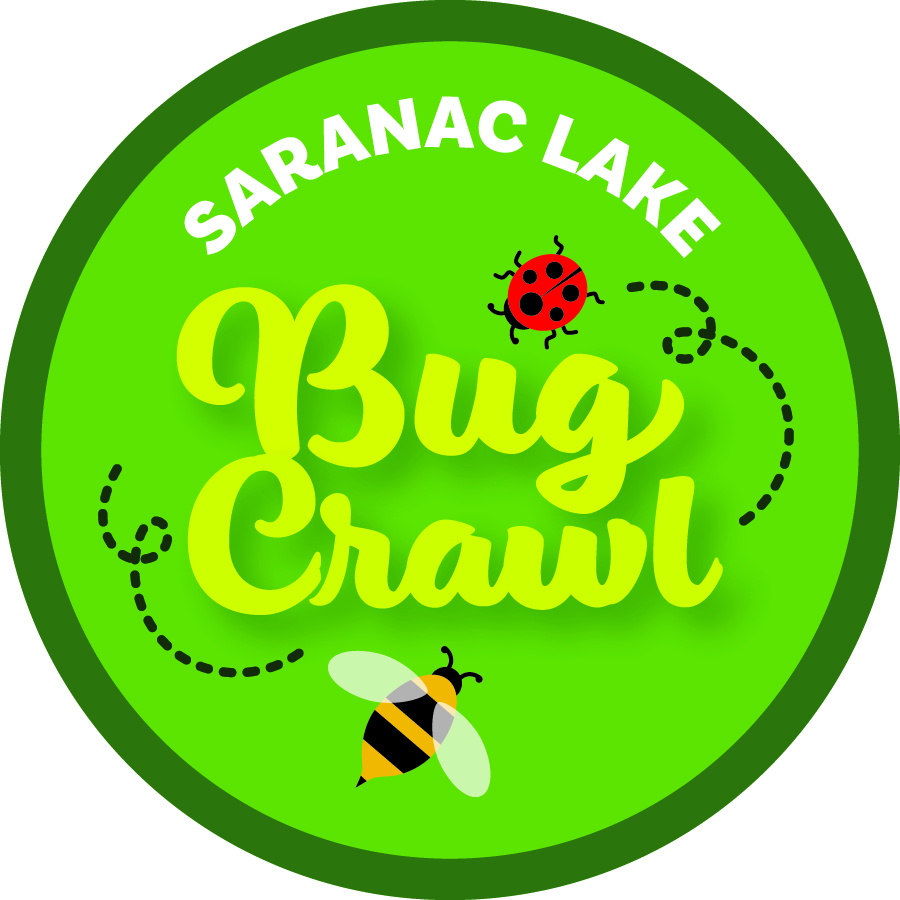
Luna Moth
The bug: Luna moth caterpillars wrap their cocoons in leaves, and the moth that emerges lacks mouthparts and a digestive system. The moth’s sole purpose is to reproduce.
The sculpture: The luna moth is one of two sculptures in our collection that isn’t 100% metal—the head is an old ceramic insulator for a telephone pole that was shaped using an electric grinder. See if you can spot the other sculpture with non-metal parts.
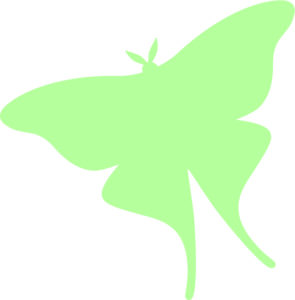
Mayfly
The bug: This water-loving bug spends the first two years of its life underwater, and the presence—or lack thereof—of mayfly larva is an indicator for how clean a stream or water body is. Despite the name, adult mayflies can emerge spring through fall, not just in May.
The sculpture: Look closely and you’ll notice this bug was constructed from a large gear system. The legs are steel rods that were once telephone pole spikes

Monarch
The bug: The beautiful monarch butterfly flies more than 2,000 miles during its fall migration to Mexico. The caterpillars feed exclusively on milkweed, making the plant essential to the species’ survival.
The sculpture: The rear part of the monarch’s body is a reservoir from a grease gun. Unlike the other Bug Crawl sculptures, the wings consist of three layers; the black outer layers frame the brightly colored inner layer to create the monarch’s unique wing patterns.

Dragonfly
The bug: A relic of the past, dragonflies evolved some 300 million years ago. Today, they are expert fliers that only catch prey while flying, and they do so by snatching their quarry with their three-jointed feet.
The sculpture: There are seven total wrenches in this piece—can you find them all? The ornate, blue parts on the dragonfly’s body are from a cast iron stove. Look closely to see the various design patterns.

Honeybee
The bug: Each bee has 170 odorant receptors, which means these creatures have one serious sense of smell! They use this to communicate within the hive and to recognize different types of flowers when looking for food.
The sculpture: Honeybees are furry little insects, and brass steel-wool pads were used to replicate that. The head is an old metal pitcher, and the wings were once legs on a couple of steel chairs.
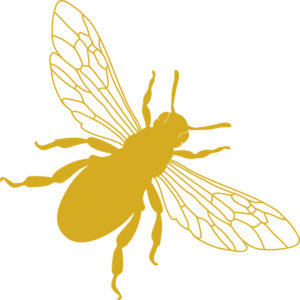
Ladybugs
The bug: The iconic spots on ladybugs’ wings are actually a warning telling predators to stay away. If it isn’t heeded, the ladybug will reiterate the warning by secreting an oily, offensively foul-tasting fluid from its leg joints.
The sculpture: In the spirit of summertime grilling, each of our three ladybugs was made from a propane tank, and pieces cut from a fourth tank were used to accessorize each bug. Once you’ve found the sculptures, see if you can find the ladybug painted on each carousel animal!
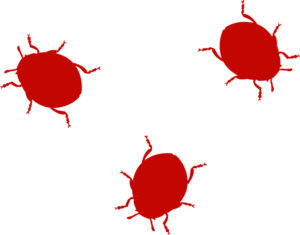
Black Fly
The bug: Perhaps the most persistently infamous bug on this list, female black flies are the bane of Adirondack mammals. They require a diet of blood for proper egg maturation, and use the carbon dioxide and moisture people exhale to home in on their prey. Perfumes, perspiration, and dark colors also attract them.
The sculpture: The sculpture that inspired the Bug Crawl project, the majority of the black fly consists of two components: a chicken water drinker and a propane tank. It is the only sculpture with movable wings and the only one that isn’t located in a public park.
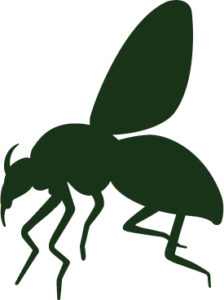
Where to Next?

Here are some hints to help your search!
- The luna moth didn’t quite take center stage.
- Our mayfly is at the beginning of the River Walk, behind the police station.
- If you’re enjoying a show, you can’t miss the monarch.
- Dragonflies like to fly above water, but ours is just hanging out.
- It takes a big flower to attract a big honey bee.
- Take a stroll through the park if you want to find all three ladybugs.
- Black flies are usually closer to the ground, but this one is ambitious.





